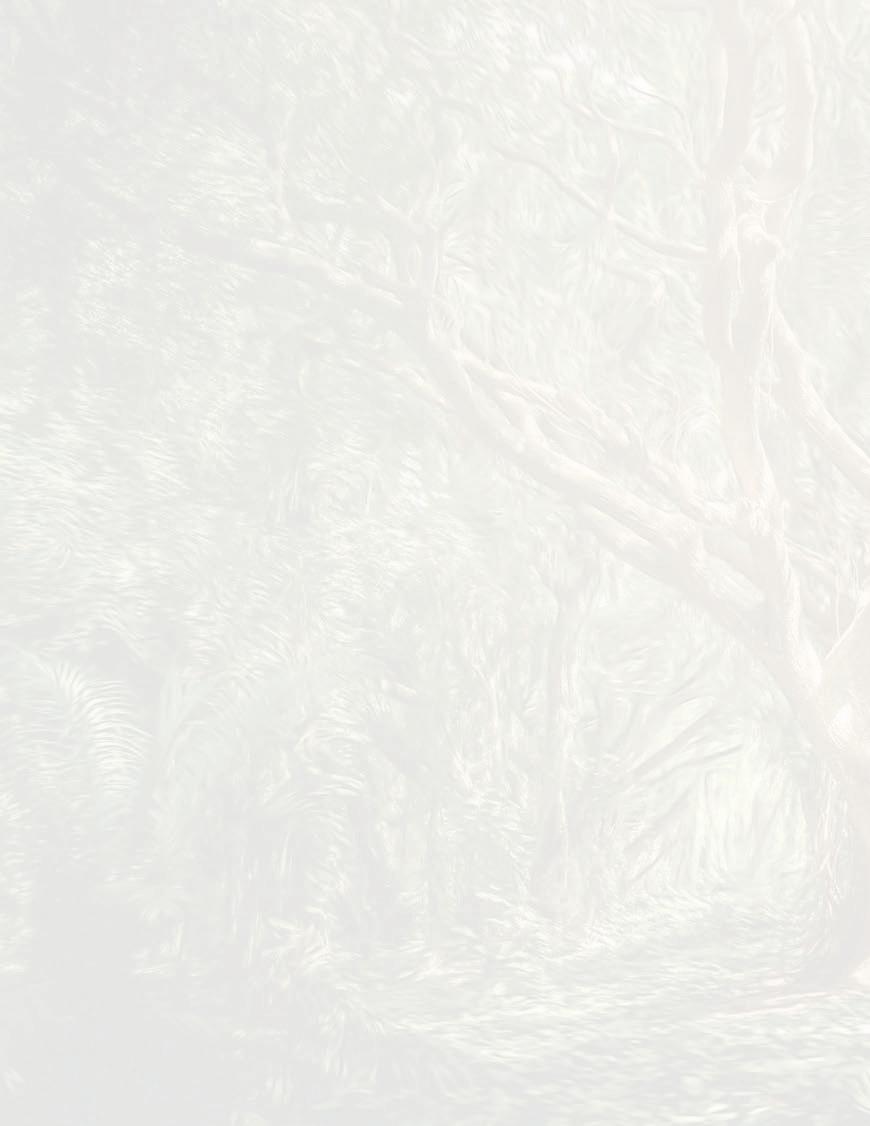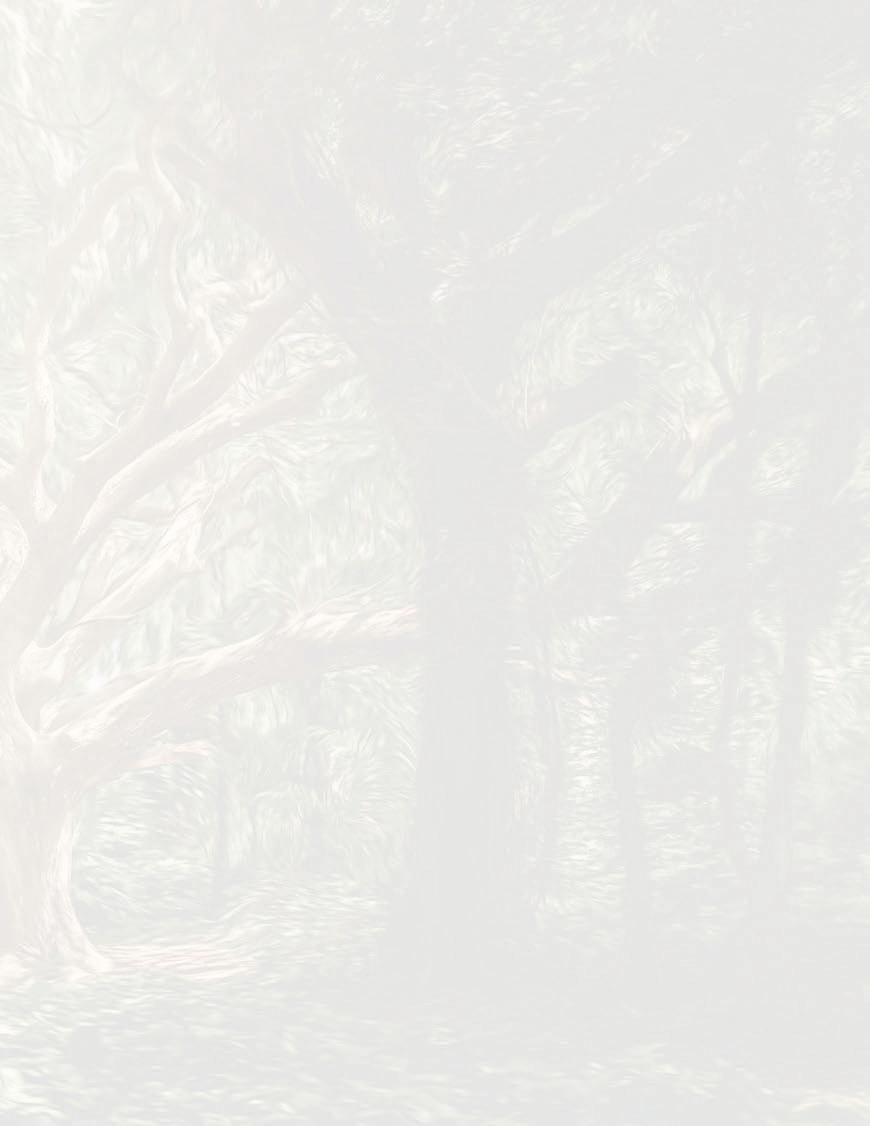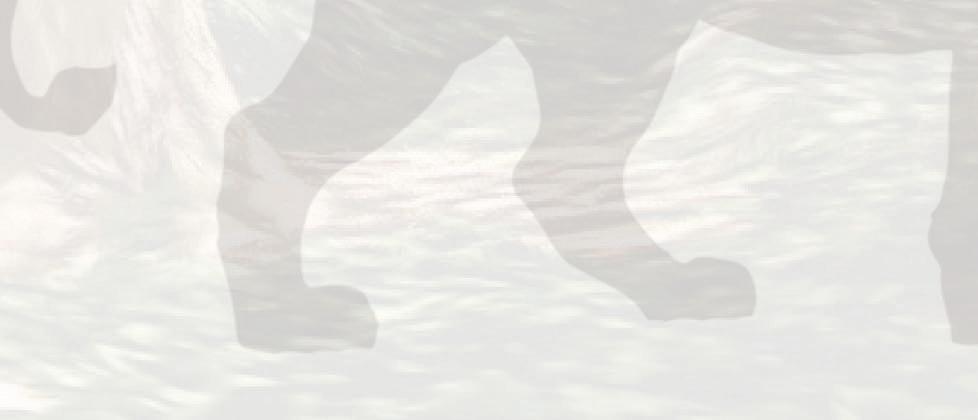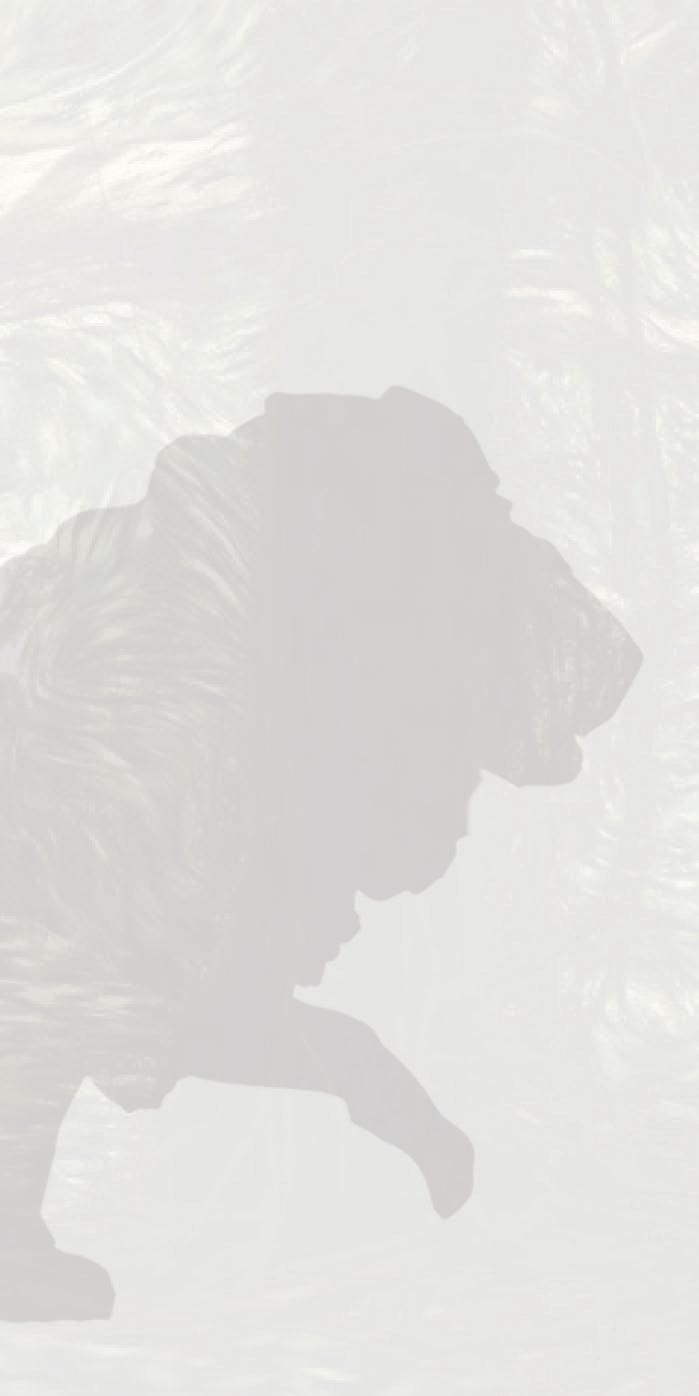
8 minute read
by Susan VickeryThe Gospel, the Magic, and the Eucatastrophe
The Gospel, the Magic, and the Eucatastrophe
by Susan Vickery
Advertisement
Though it is clear The Lion, the Witch, and the Wardrobe is a complete fairy tale because it includes hints at the Gospel, magical elements, and beautiful endings that ultimately bring readers back to Christ’s story, some people claim it is not a true fairy tale, such as J. R. R. Tolkien. Despite that C. S. Lewis’s story has lots of principles from Tolkien’s “On Fairy Stories,” such as the eucatastrophe and magical elements, Tolkien himself would argue that it is missing key values. He would state that was not serious enough to be a fairy tale and that the allegory written inside should not have been.
Upon fi rst reading this tale, readers notice a specifi c tone Lewis uses. This tone sounds like Lewis is talking to a young child. When adults read the story, they don’t feel like it resonates with them. Instead, they feel like it is only geared towards children. When studying fairy tales, J. R. R. Tolkien noticed this false connection between children and fairy tales. He thought it to be incorrect, and that fairy tales should be written to connect to all audiences, not just children. Tolkien felt like The Lion, the Witch, and the Wardrobe was a story written only for youth.
Not only did Tolkien dislike this part of C. S. Lewis’s story, but he also disliked the allegory Lewis writes into The Lion, the Witch, and the Wardrobe. Tolkien said this about allegory in his book The Fellowship of the Ring, “I cordially dislike allegory in all its manifestations, and always have done so since I grew old and wary enough to detect its presence. I much prefer history—true or feigned—with its varied applicability to the thought and experience of readers.” As readers can see in Tolkien’s The Lord of the Rings, J. R. R Tolkien, instead, liked history to his tales and stories. He thought writing should be serious and wellthought through over many years, unlike Lewis’s work.
Overall, to J. R. R. Tolkien and some others, The Lion, the Witch, and the Wardrobe was not a true fairy tale because it was not serious enough and had allegory. To most people, Tolkien is a reliable source when it comes to determining whether stories are fairy tales. Yet, Tolkien is not always correct.
Though Tolkien was right on some principles, the way he approached them might not have been the correct path. To others, it is clear that The Lion, the Witch, and the Wardrobe is a true fairy tale. A true fairy tale should include hints at the Gospel (this is through the Gospel form, the Incarnation, and symbolism), magical elements, and beautiful endings (a eucatastrophe).




In order for a story to be a true fairy tale, it must have hints at the very fi rst fairy tale, the Bible. The Lion, the Witch, and the Wardrobe does this by following the Gospel form (Creation, Fall, Redemption, and Restoration). It starts in the beginning when the Pevensie children come to the Professor’s home and everything is good. This is the Creation part of the tale. The Fall begins when Edmund meets the witch and his heart is dissatisfi ed. Readers fi nd the Redemption part at the stone table, when Aslan sacrifi ces himself for Edmund and all of Narnia. When the children are made kings and queens of Narnia and when they go home, this is the Restoration (when things are even better than the beginning). Another hint at the Bible is the Incarnation aspect. Like how Christ became fl esh, the statues in the witch’s courtyard become fl esh when Aslan breathes on them.
Along with Gospel form and Incarnation written into The Lion, the Witch, and the Wardrobe, symbolism plays a large part in the makeup of a complete fairy tale. Aslan, the great lion, shows beauty that is pure and true. However, Aslan is not just pure goodness, he is one to be feared. “They rolled the huge Lion over on his back and tied all his four paws together, shouting and cheering as if they had done something brave, though, had the Lion chosen, one of those paws could be the death of them all” (166). Thus, Alsan expresses beautiful power. In the Bible, it says to “Fear God, and give him glory” (Revelation 14:7). Like God, Aslan is feared as well as given glory to. Thus, Aslan’s symbol is Christ. However, this is not the only symbolism found in Lewis’s tale, destiny can be found in the Pevensie children. The children are told they were chosen to rule over Narnia. This is a symbol of God’s plan for his children on earth.
Gospel hints are a good thing in fairy tales. However, this is not the only criteria. Magical elements must be present in fairy tales. Fairy tales must have true, real, and serious magic written inside. The serious magic in The Lion, the Witch, and the Wardrobe is in the form of the Deep Magic. “‘It means,’ said Aslan, ‘that though the Witch knew the Deep Magic, there is a magic deeper still which she did not know. Her knowledge goes back only to the dawn of time. But if she could have looked a little further back, into the stillness and the darkness before Time dawned, she would have read there a different incantation. She would have known that when a willing victim who had committed no treachery was killed in a traitor’s stead, the Table would crack and Death itself would start working backward’” (pg. 179). Readers see in this quote that there is a true magic that is more powerful than the evil forces. Thus, The Lion, the Witch, and the Wardrobe has true, real, and serious magic.
Other aspects of true fairy tales are that they give escape to the reader and are about the adventures of men in the realm of fairy. When Lucy Pevensie fi rst steps into the wardrobe and out into the world of Narnia, readers step inside as well. It captures them in the world, allowing them to escape from reality and into the mysterious and beautiful realm of fairy.

Fairy tales are geared toward audiences of all ages. Tolkien was correct in this criteria. However, the way he approached it was not. C. S. Lewis says in The Lion, the Witch, and the Wardrobe,

“My Dear Lucy, I wrote this story for you, but when I began it I had not realized that girls grow quicker than books. As a result you are already too old for fairy tales, and by the time it is printed and bound you will be older still. But some day you will be old enough to start reading fairy tales again. You can then take it down from some upper shelf, dust it, and tell me what you think of it. I shall probably be too deaf to hear, and too old to understand a word you say, but I shall be
Your affectionate Godfather,
C. S. Lewis” (Dedication)

Lewis refers to adults in this quote, he tells them that fairy tales are not only for children, but for adults as well. However, they do not realize this until they are old and start reading fairy tales for others.

When humans read fairy tales, they see messages and morals. This is the same case for The Lion, the Witch, and the Wardrobe. This story gives people a clear message; there is a savior (Aslan) and he will sacrifi ce himself for his people (the stone table).
Another criteria that is essential to fairy tales is the sense that something greater is at work. This is told through the mysterious Emperor-beyond-the-sea. He created the Deep Magic and all of Narnia. Though readers do not hear a lot about him, they know he is a greater power than even Aslan himself. This shows readers that there is a greater hand at work in the world of Narnia.
Lastly, the eucatastrophe. This term is one Tolkien created in his essay, “On Fairy Stories.” It means a beautiful ending or an explosion of beauty. The Lion, the Witch, and the Wardrobe has a clear eucatastrophe when all is made right in the end (Edmund is loved and accepted, the children are made kings and queens, and the Pevensies go home). “And that was the very end of the adventure of the wardrobe. But the professor was right it was only the beginning of the adventures of Narnia” (206). This is an eucatastrophe because the Pevensie children are left with a wonderful joy inside them for they know they will one day come back to Narnia.
Though Tolkien is right on some principles, and some readers follow his criteria, overall, The Lion, the Witch, and the Wardrobe is a true fairy tale because it has Gospel hints, magical elements, and an eucatastrophe. The Gospel hints The Lion, the Witch, and the Wardrobe has, shows Christ’s work in the hearts of men, the magical elements give readers a more beautiful and perfect refl ection of the world, and the eucatastrophe mirrors Christ’s wonderful rescue. They refl ect Christ’s excellent story through simple tales, sharing His work to small children and throughout the rest of their lives.
Class: How to Write a Fairy Tale Instructor: Mrs. Lily Wilmoth







